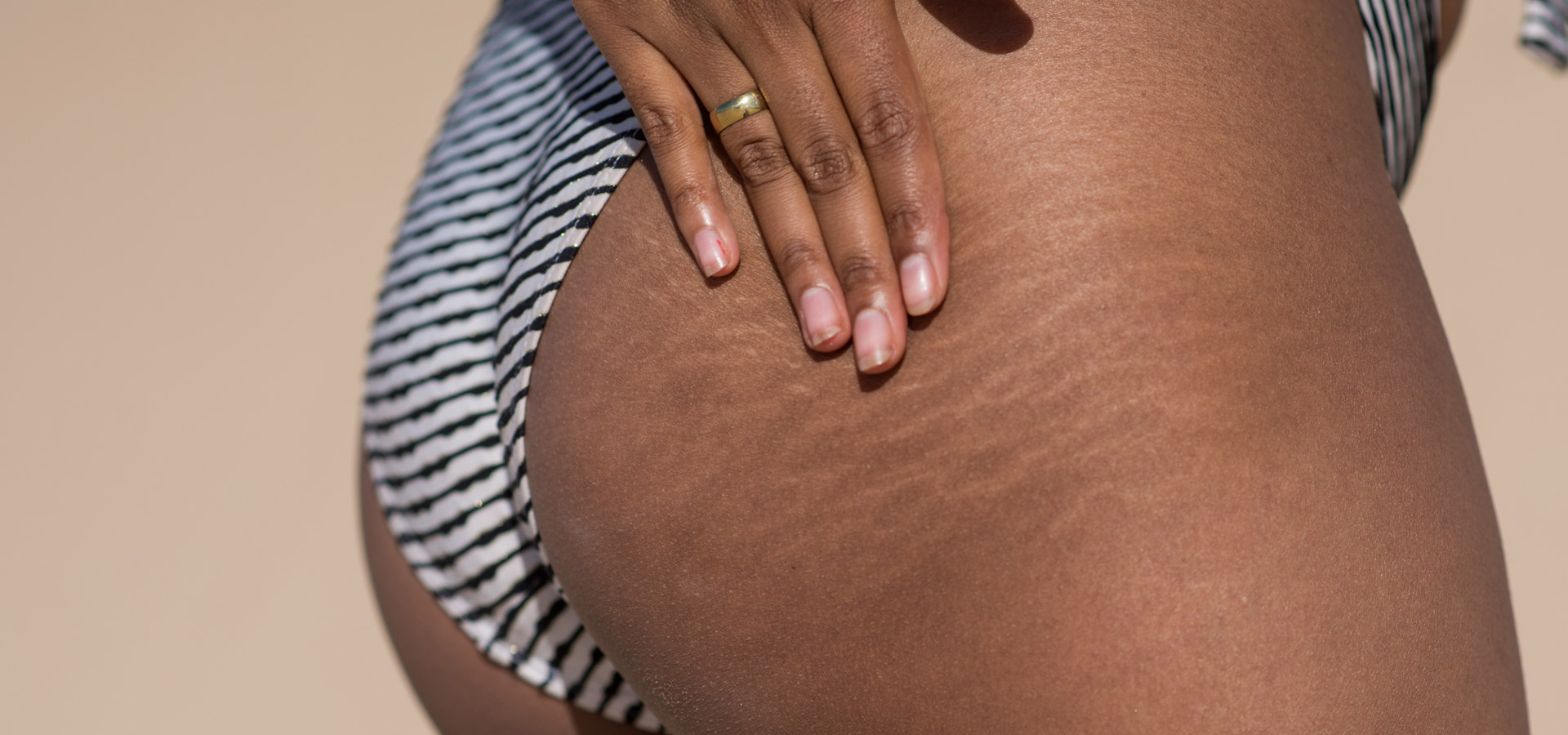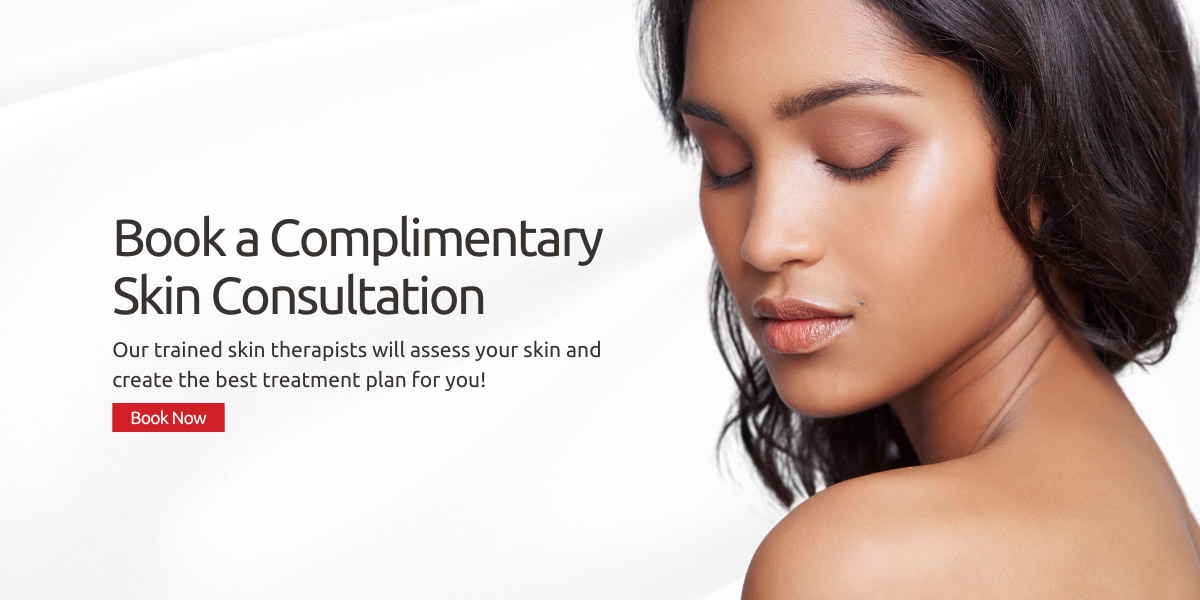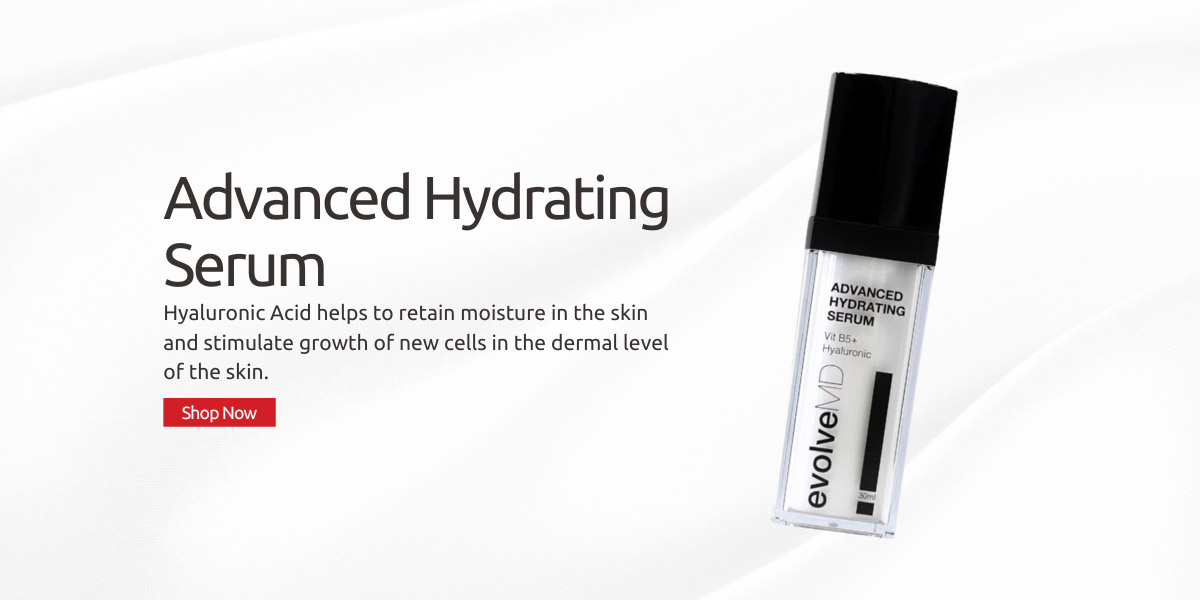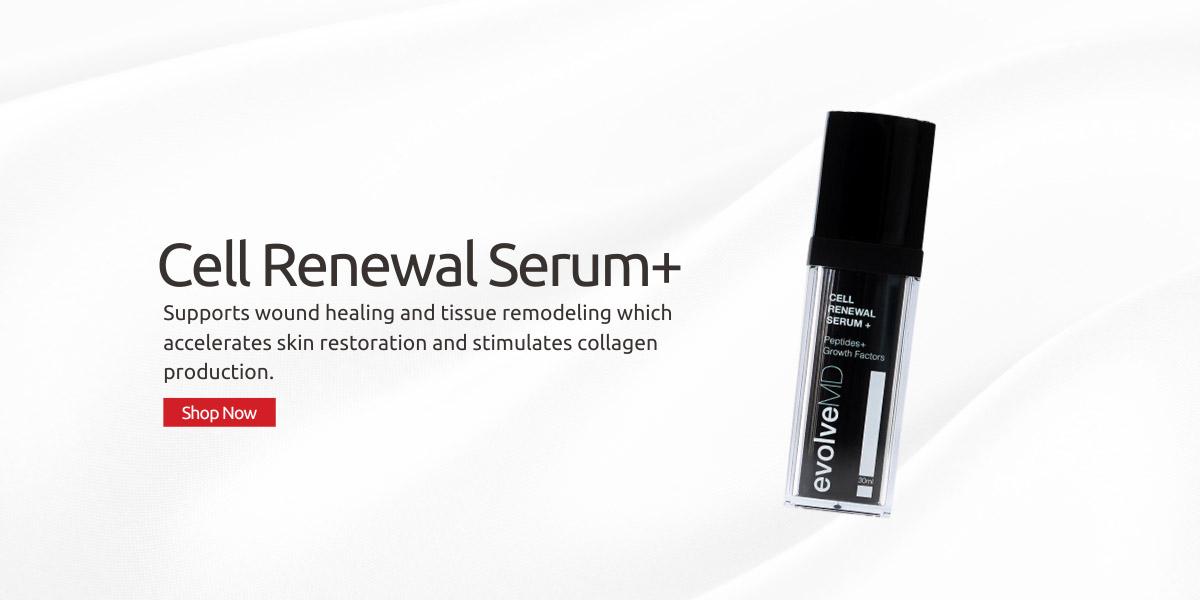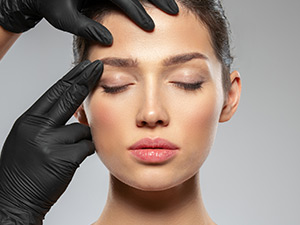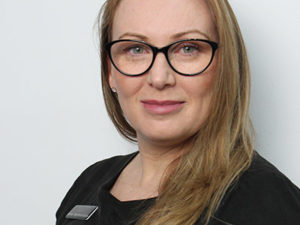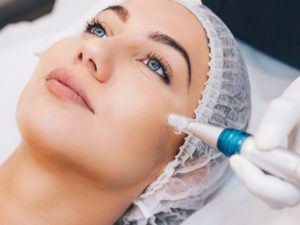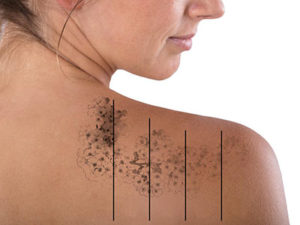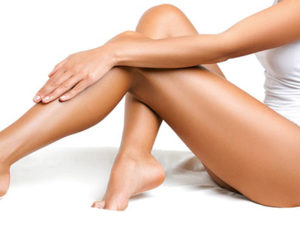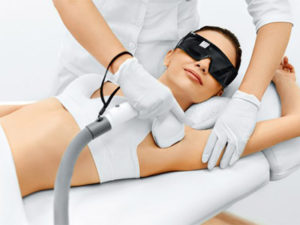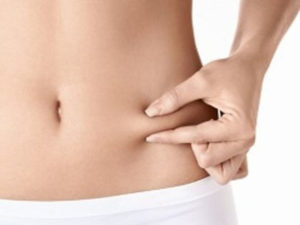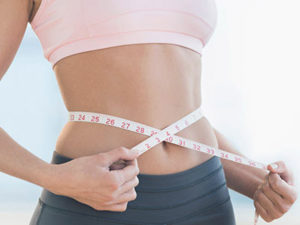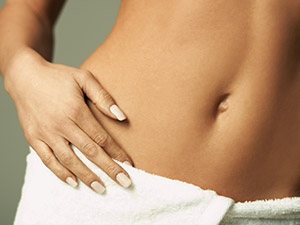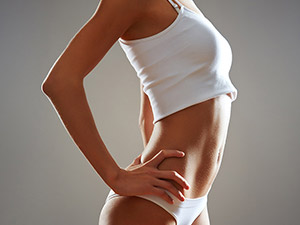How to Get Rid of Stretch Marks: A Comprehensive Guide
Stretch marks are delicate imprints on our skins which signify moments of growth, change and resilience. While they are a natural part of life, many look for ways to minimise or prevent their appearance.
Introduction to Stretch Marks
Stretch marks, also known as striae, are visible lines on the skin. They resemble scar-ike, streaky areas that often appear as a result of the sudden changes in weight. Commonly found on hips, thighs, breasts, abdomen, stretch marks can also form in other areas.
Contrary to popular belief, stretch marks can affect anyone, regardless of age, gender or body type. While they are commonly associated with pregnancy, they don’t just affect pregnant women. They are caused by the sudden change in weight or in some medical conditions where the skin is exposed to excess amounts of a hormone called cortisol. Not everyone is prone to stretch marks, however some people may have a higher risk depending on their family history.
Understanding the Science Behind Stretch Marks
Stretch marks occur in the dermis – the middle layer of the skin. The dermis is composed of connective tissues, including collagen and elastin fibres, which provide strength and elasticity to the skin. When the skin is stretched beyond its normal capacity, these fibres become damaged.
Collagen is a fundamental building block in the skin’s structure, a protein that provides strength and support, while elastin is responsible for skin elasticity. Elastin allows the skin to stretch and then return to its original shape. However, when the skin undergoes rapid stretching, the collagen and elastin fibres undergo stress. As a result, tearing or breaking of these fibres occurs in the dermis, forming stretch marks.
When they first appear, stretch marks tend to be red, purple, pink, reddish-brown or dark brown and their overall appearance depends on the skin colour. The initial colour indicates inflammation and the body’s response to the damaged tissue.
In some cases, they may feel slightly raised and itchy. Overtime, as the skin heals, the colour fades and the streaks sink beneath the skin, reflecting the gradual resolution of the inflammatory process. The skin can also feel bumpy.
Prevention and Management Strategies
Improving lifestyle habits is a proactive approach to preventing stretch marks. Gradual and steady weight management is a crucial factor – avoiding rapid weight fluctuations will help minimise the strain on the skin. Lastly, incorporating stress-reducing activities into daily life can positively impact skin health, as stress is known to contribute to various skin issues, including formation of stretch marks.
The best time to treat stretch marks is when they are still new – red or purple in appearance as this indicates that there’s still blood flowing to the area, allowing for more effective treatment and better results.
Effective Home Remedies
Natural home remedies can be gentler and effective in reducing the appearance of stretch marks. Aloe vera is known for its soothing properties and it can be applied directly to stretch marks to promote healing and ease inflammation. Coconut oil can improve skin elasticity and reduce the visibility of stretch marks over time.
Essential oils are also beneficial, especially rosehip and lavender oil which are known for their skin-regenerating properties. When diluted and applied regularly these oils can contribute to the fading of stretch marks.
Professional Treatment and Procedures
Our medical-grade treatments visibly reduce the appearance of scars and stretch marks while improving the overall skin tone and texture. Before we can recommend the number of stretch mark removal or scar removal. In most cases, at home treatments won’t remove stretch marks. Once the stretch mark changes colour from red or purple to a pearly white shade, no amount of oil, creams or lotions will make a difference. Instead, in clinic stretch mark reduction treatment is recommended for best results.
RF Skin Resurfacing
RF Skin Resurfacing – RF Skin Resurfacing is a highly sophisticated treatment used to correct a range of skin concerns, including stretch marks and scarring. The treatment encourages the growth of collagen and healthy skin cells to revive the skin and create a more youthful complexion. It restructures old scar tissue while stimulating the body’s natural collagen production, resulting in smoother, firmer and more youthful-looking skin.
Our RF Skin Resurfacing treatment is done in multiple sessions over a four to eight-week interval and is ideal for those looking to minimise the appearance of acne scarring, stretch marks and enlarged pores. The treatment is safe and effective for most skin types and performed with minimal downtime.
Skin Needling
Skin Needling – Skin Needling is a minimally-invasive skin treatment that aids in reduction of stretch marks and scaring appearance. It uses a medical-grade pen to trigger the body’s natural production of collagen and elastin. The small needles create tiny, evenly-spaced punctures as it is moved across the skins while penetrating the upper layer of the skin in order to induce a natural and controlled wound healing response that ultimately triggers collagen production.This can visibly reduce the appearance of stretch marks.
Our Skin Needling sessions are usually done over four to six sessions with each session spaced at four to six weeks apart, for optimal results. Prior to your first session, our experts will conduct a thorough skin scan to analyse and assess your main beauty concerns.
Understanding the risks and benefits of professional treatments
Our laser stretch mark removal treatments are non-invasive and relatively pain free. During the short procedure, you may experience discomfort or feel hot and flushed after the session. Post-treatment, you might feel a similar sensation similar to mild sunburn and the skin will be pink and slightly tender in the treated area.
Your skin will form tiny micro-crusts on the send and third day, which usually flake off around the fifth day. Once your skin has healed, you will notice that your stretch marks have reduced in size and appear much lighter.
Diet and Nutrition for Skin Health
Maintaining a balanced and nutritious diet while focusing on foods rich in vitamins A, C and E as well as zinc will contribute to the overall skin health and elasticity. Staying well-hydrated supports the skin’s overall resilience. Water helps your skin stay soft and can help reduce the risk of stretch marks. Focusing on a diet rich in collagen-boosting foods such as bone broth, fish and leafy greens can fortify skin’s structure.
Exercise and Physical Activity
Regular exercises offer multiple benefits to skin health. Engaging in physical activity promotes blood circulation ensuring an adequate supply of oxygen and nutrients to the skin cells. Increased blood flow supports collagen production which is a key factor in maintaining skin elasticity.
Specific exercises targeted at areas prone to stretch marks may prove as the most effective. Focusing on strength training for the abdomen, thighs and buttocks helps build muscle and tone the skin in these vulnerable regions.
Managing Stretch Marks During Pregnancy
In pregnancy, prioritizing safety of both you and your baby is the number one priority. Consult with your healthcare provider before introducing any new skincare products or treatments. To prevent and treat pregnancy-related stretch marks, it’s important to regularly moisturize the abdomen, breasts and hips with nourishing creams or oils rich in ingredients like cocoa butter or shea butter.
Opt for specially formulated, pregnancy-safe skincare products and avoid harsh ingredients like regions or high concentration of salicylic acid. Aiming for a gradual weight gain is key, to prevent rapid fluctuations which are one of the main contributors to stretch marks.
Psychological Impact and Coping Strategies
Stretch marks, like any other skin condition, can carry emotional weight and impact your self-esteem and body image. It’s important to remember that they are more common than you are aware. Acknowledging the emotional aspect is essential for general well-being. Consider speaking with a mental health professional if the emotional impact feels overwhelming or book a consultation with our friendly team.
Tips for Choosing the Right Skincare Products
Hyaluronic Acid – Hydrating and plumping, Hyaluronic Acid helps to retain moisture in the skin and stimulate growth of new cells in the dermal level of the skin. It’s often most effective with newly formed, red stretch marks as it helps speed up the recovery process but it may also help reduce the appearance of existing stretch marks, helping them fade.
Our Advanced Hydrating Serum is packed with medical grade Hyaluronic acid, which dramatically boosts the skin’s natural Hylaron, helping your skin retain moisture, enhances skin brightness and aids in skin overall health.
Cell Renewal Serum – As the area is damaged with disrupted collagen and elastin production, it is important that it gets the care it deserves. Our evolveMD Cell Renewal Serum supports wound healing and tissue remodeling which accelerates skin restoration and stimulates collagen production, which can help improve the appearance of stretch marks.
Are you interested in reducing the appearance of stretch marks or scars? We recommend booking a complimentary skin consultation at your nearest Evolution Laser Clinic. Our trained skin therapists will assess your skin and create the best treatment plan for you!

